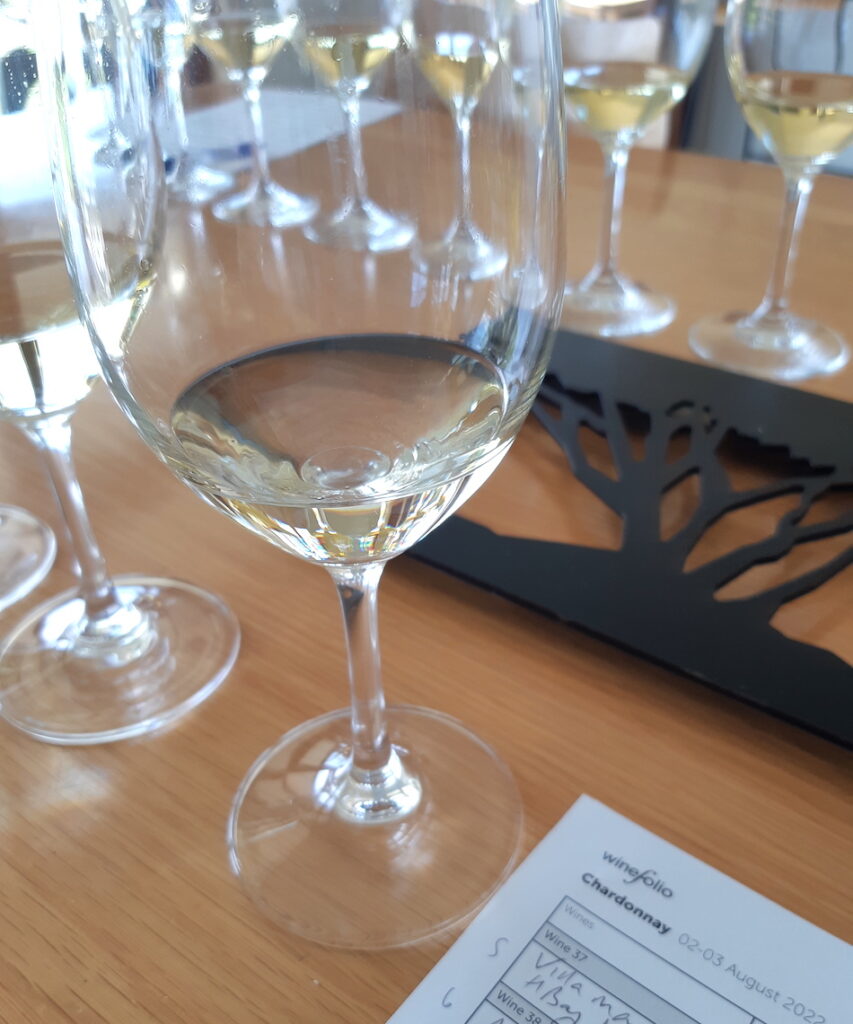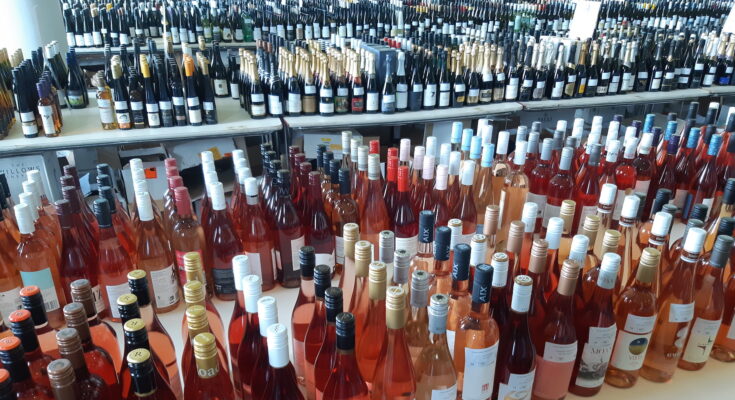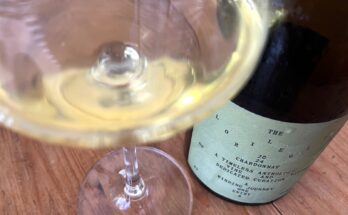At our recent Top 10 Tasting of New Zealand Chardonnay, it was mooted from one of the group that I split the tasting into separate classes. I already decided to do two sessions of judging as there were so many entries, so this could have made sense. There is judging afoot now in the New World Wine Awards – that judge wines with a RRP of under $25 only. In the next couple of months there are separate New Zealand Wine Shows that allow all price points – and international entries (for the NZIWS).
The suggestion was that the wines under $30 RRP could have their own category, and therefore a better chance of recognition, with another category for wines retailing at over $30. Now, I understand the logic in this – and the difference in markets for these categories. But I want to have a place where any wine could win our Top 10 tasting – not just an elite competition for the top tier wines. OK – you can look at the results of that Top 10 Tasting subsequently, and criticise that that is exactly what happened – the elite of New Zealand Chardonnays came top. And they cost the most money. But they came top on merit.

Tasting blind, there’s no way to know if our winning wines were priced at $100, or $20 when they were judged. There’s a reason why a Clearview Estate Reserve wine made the list, and another of that label’s lower priced entries did not. The Reserve wine was judged to be better. You could counter that with asking why the Clearview Estate Endeavour didn’t get higher ratings than the Reserve then? It’s clearly at a higher price on the shelf? Well, that’s where personal taste comes in and levels the playing field.
Our experienced crew have personal preferences and tastes, and it has been noted in feedback after the Top 10 Tasting, that the list contained wines ‘to a certain style’. All feedback is welcomed, and considered. But there’s not too much you can about personal bias when tasting wine, other than judge each glass on its own merits. When we did the Riesling tasting we addressed bias directly, and were determined to judge all the entires to their own merits – is this delicious? It’s easy to get seduced by residual sweetness with Riesling – and in Chardonnay one person’s sweet spot with oak, or acidity, or reductivity, might be at the opposite end of another taster’s spectrum.
A lot of the wines at lower RRPs were very good – especially once you consider that as a factor in ‘how good is it’? The wines are objectively tasted – blind – without knowing what the wine is, so that we take out the bias that might occur if we see the label (and it is well-regarded and possibly expensive). There were examples where a winery had sent in more than one wine from their range, and the lower-priced wines scored higher than their more expensive ‘Reserve’ siblings. And there are definitely wines that are in the Top 10 Tasting list that cost less than others. I just do my best and present to you those top ten wines – what you make of that is up to you, reader.
As always, do comment in the box below – any feedback is welcome.



